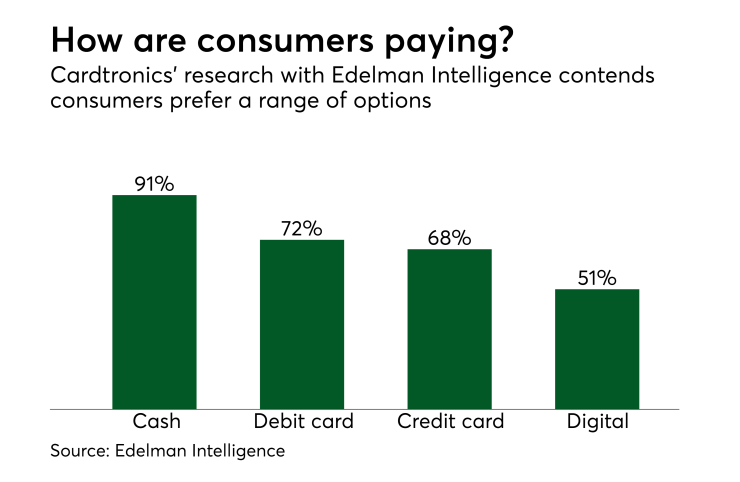Cashless technology has evolved to simplify business operations while simultaneously satisfying consumer demands.
Beyond eliminating the exchange of coins and paper bills, contactless payments shorten transaction times, eliminate inaccuracies, create retrievable records and remove the threat of counterfeit money.
Economies across the globe are adopting cashless technology through innovative payment apps and digital services. The U.S. market, however, is lagging behind.

According to the
In 2015, more than half of the Swedish population was using
The U.S. is far from universally adopting cashless technology. According to the
In the absence of centralized regulatory systems like those of certain European nations, vendors resist implementing digital payments, due to fees from credit card issuers. Additionally, digital tools are not ubiquitous to everyone — marginalized populations such as the elderly face higher barriers in the access and adoption of new technology due to lack of knowledge and privacy concerns.
Data aggregation today allows for new financial tools, such as banking apps and robo-advisors, that can provide consumers with elastic purchasing power while offering businesses effective support for operational activities. In order for the U.S. to move forward, education will be required to teach users how to utilize new technology to manage their finances.
Training was required when ATMs and electronic checks were introduced into society, and it will be required today to present new financial tools as a convenient alternative for consumers. Banks especially must take the lead on coaching vulnerable communities, ensuring that these solutions are accessible to all.
Once education is in play, the digital process will enable a smoother transition to cloud and mobile technology that will drive our society to abandon cash in favor of electronic currencies.





